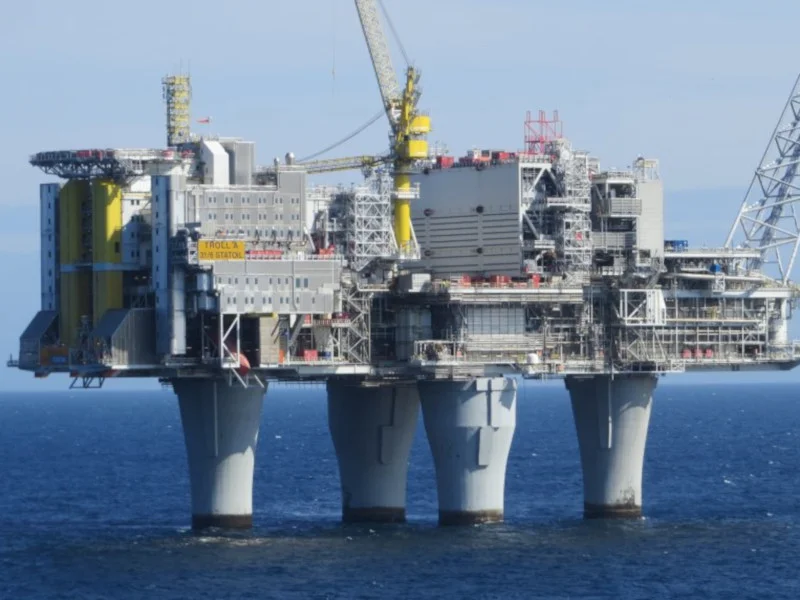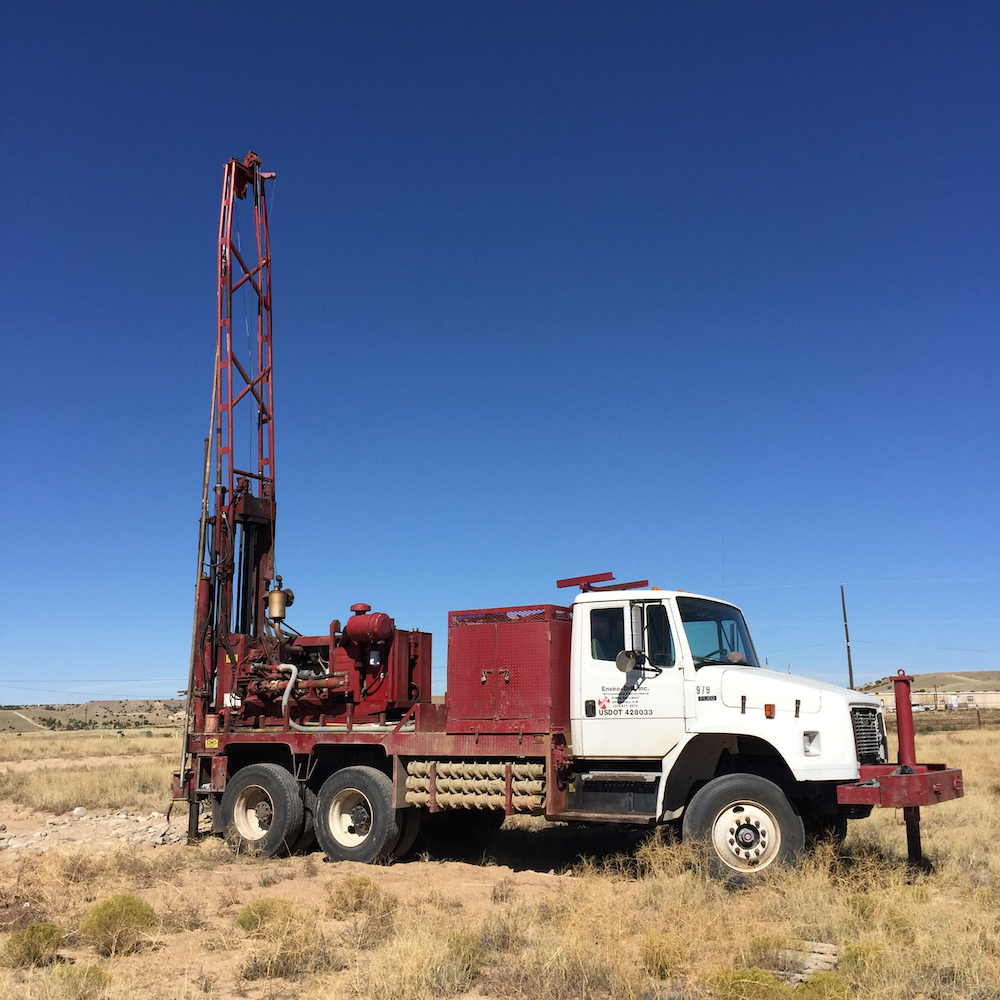Innovation KPIs
One of the most difficult things to grok about Innovation Options is that value derives from the choice itself, rather than the results of that choice. Whether you ultimately decide to exercise the option or let it expire is irrelevant; all that matters is that the accuracy of the decision itself.
To help illustrate this, let’s use an example filled with uncertainty: oil exploration. Obviously petroleum companies do all they can to determine the best places to find oil. They conduct surveys, perform geological analysis, and do all that is possible to choose the best places to search. But at the end of the day, the only way to know for certain is to set up a rig and drill.
Now, let’s simplify rig choices into two main classes: one is a production-ready rig. These are designed to extract large amounts of oil and put them into the pipeline. They’re immensely expensive to build, setup and maintain. The second class is a “wildcat” rig. These are small, less expensive, and are designed not to extract huge amounts but simply to test for the presence of oil.

Both of these rigs drill holes and pump oil, but the purposes for them are very different. For the first rig, success or failure is dictated by whether or not you find oil. If there isn’t any oil, then the project is considered a huge failure because of the cost and purpose of the rig. For the wildcat, the goal is simply to answer the question so that you can make an informed choice. If it doesn’t hit oil that’s still a success – the cost of placing a huge rig that won’t return is avoided, and those resources can be used elsewhere. This is why reserves are always proven before billion-dollar investments are made.
In this way, the wildcat rig represents an option. It is a cost-effective way to delay the large-rig investment decision until more is know about the actual presence of oil. If the wildcat finds oil, great! Start printing money. And if it does not, also great! Send it somewhere else. In this way, a wildcat that comes up empty is not considered money wasted; quite the contrary, it is an essential component of reducing the risk associated with the unknowns of oil exploration and increases the overall chances of striking it rich.

But the wildcat is capable of failure. For instance, if the wildcat says “we drilled but there was no oil here” but they didn’t drill deeply enough and missed the oil just a hundred feet away, that would be a false negative failure for missing the patch. Similarly, if they say “we struck oil” but it turns out to be natural gas, then that would be a false positive as the big-rig is built only to be unable to produce returns. In other words, it isn’t the presence or absence of oil that matters to the value of the wildcatting operation – only the accuracy of the decision itself matters.
In addition to accuracy, there is a second metric that matters to the wildcatter: the speed of testing. Let’s say that there are two wildcat rigs that both test for oil, but one can drill a hole once a week while the other takes longer to set up and can only drill once a month. Clearly you’d want to use the first rig because by drilling more holes you get more answers to the question of “where’s the oil”. So speed matters: the faster you drill, the more oil you find.
Now, it’s worth emphasizing that by moving faster you’re not improving your odds of finding oil in any given hole; each trial is independent from one another. However, what you are doing is making your overall success more likely because you’re giving yourself more opportunities to learn, even if it entails a lot of dry holes.
Now, if you knew for absolute certainty that there was oil in a given location, clearly the best course of action would be to put a big rig there straightaway. While bother with a wildcat? It’s just a needless expense that will detract from profitability. Assume, decide, go. That’s the traditional approach.
But if there is high uncertainty, and you don’t want to incur the risk of a dry big rig, then you would prefer the wildcat approach. Lots of little holes, getting accurate answers quickly – even if the answer is “no, there isn’t any oil here.” It would be foolhardy to insist the wildcatter must find oil, as that would only increase the incentives to not report dry holes by moving slower (bad) or to provide an inaccurate answer that meets the objective (worse).
Thus it is these two metrics, speed and accuracy, that should form the basis for KPIs under an innovation option system.
Speed is measured merely as the number of tests run over a particular period of time. We don’t need to take the results of those tests into consideration at all. To use our wildcatting example, we’re simply measuring the number of holes drilled per week. You get to decide what constitutes a test, and you get to decide the time scale. As long as the test is real – meaning that it actually generates validated learning – and you keep the time scale consistent, then getting faster is in and of itself a valuable exercise, regardless of outcome.
In practice, this is difficult in large corporations. A frequent concern I hear is from companies that feel they can’t move fast because of their industry. It might be really slow like industrial engines, or heavily regulated like health care, or some other concern that suggests speed is not a useful KPI. However, speed here is relative, not absolute.
To explain, let me share a joke: two men are standing on a hill on the African savanna, when they spot a menacing lion eyeing them hungrily and heading their way. One of the men bends over and starts to put on his running shoes, prompting the other to say, “That’s really stupid – you can’t outrun a lion.” To which the first reples, “I don’t have to outrun the lion: I just have to outrun you.”
Again, speed is relative. The point isn’t to try to find some absolute benchmark, but simply to be faster than your opposition. If you can drill 10 holes to your competition’s 2, then you’re going to be a much better position to find oil sooner.
The second metric, accuracy, is measured by the veracity of the information you gather you make and wholly independent of the return of that decision. To use the wildcatting example, finding oil is considered “Positive”, and not finding oil is considered “Negative”. The only answers we want from our testing are either 1) the wildcat says there is oil, and that in fact is true. Or 2) the wildcat says there is no oil, and that is in fact true.
Again, in practice this can be difficult, as least for the second scenario. In the Positive case, unless there are seismic shifts – literally – then the big rig will either be able to pump the oil the wildcatter found or it will not, in which the determination was inaccurate. In the Negative case, it isn’t always obvious whether or not the oil was just a few feet beyond where the wildcat bored its hole. In this case, some one else must find oil in the same location at some future date, in which case the decision not to place a big rig was inaccurate. And while a False Positive decision might cost the company profitability, a False Negative can kill – just ask the executives from Kodak who felt that digital photography would never succeed.
With that, you can now orient your early-stage innovation metrics around the speed and accuracy of your market testing. Keeping a close eye on these KPIs, and not on phantom projections of ROI, are the key to managing a successful innovation project.